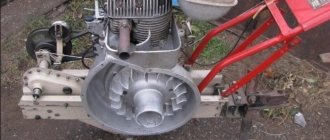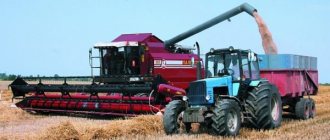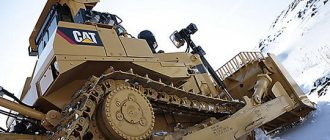The production of Peugeot Boxer vans began in 1994 and already in 1996 these vehicles were widely distributed throughout Europe. The fuel consumption of the Peugeot Boxer per 100 km is quite high, but this is justified by many factors. In 2006, the second generation of this model was released, which featured improved HDi engines, resulting in lower fuel consumption.
Main characteristics
Since 2006, Peugeot cars have been constantly improved, technical characteristics have been improved through the use of more economical devices, and, naturally, fuel consumption rates for the Peugeot Boxer have decreased. Today there are more than 50 variants of Peugeot bus models on the market, the latest of which have been brought to near perfection.
| Engine | Consumption (highway) | Consumption (city) | Consumption (mixed cycle) |
| L1H1 (diesel 6-mech, 2WD | 5.8 l/100 km | 8.5 l/100 km | 6.8 l/100 km |
| L2H2 (110 hp, diesel) 6-mech, 2WD | 6.4 l/100 km | 9.5 l/100 km | 7.5 l/100 km |
| L2H2 (130 hp, diesel) 6-mech, 2WD | 6.3 l/100 km | 9.2 l/100 km | 7.4 l/100 km |
| L3H2 (diesel) 6-mech, 2WD | 6.3 l/100 km | 9.2 l/100 km | 7.4 l/100 km |
| L3H2 Stop/Start (diesel) 6-mech, 2WD | 6.3 l/100 km | 8.6 l/100 km | 7.2 l/100 km |
| L4H2 (diesel) 6-mech, 2WD | 6.5 l/100 km | 9.3 l/100 km | 7.5 l/100 km |
Appearance, a harmonious combination of all characteristics, high functionality and efficiency explain the great popularity of Peugeot vans. Another plus is the real fuel consumption of the Peugeot Boxer - it is not so different from the official data as for cars of other brands and models.
Interior layout (basic version):

+ — TRANSFORMER CARGO AND PASSENGER VAN L2H2. SPECIFICATION Click to collapse
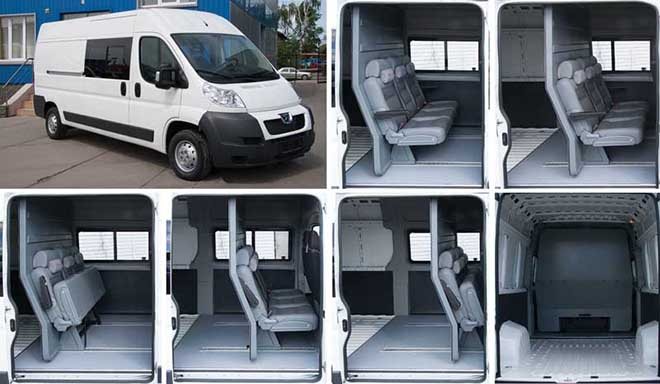
Cargo-passenger van (Profi Standart) based on the all-metal Peugeot Boxer L2H2, L3H2, L4H2 van
Engine: 2.2 HDi (130 hp)
Number of seats: 5 + 1
Body paint: WPPO white banquet (not metallic)
Real fuel costs
As mentioned above, the fuel consumption and fuel consumption of the Peugeot Boxer are influenced by quite a few factors.
:
- driving style;
- driving mode;
- season;
- rubber;
- engine power;
- fuel quality;
- year of manufacture and total mileage;
- workload.
The first two points are of particular importance - they largely determine how much gasoline you will need per 100 km. If the driving style can be somehow changed, to give up speed and spectacular starts, then with driving cycles the situation is much more complicated. Whatever you do, the Peugeot Boxer will have significantly higher fuel consumption in the city than on the highway.
But you can also find a way out of this situation - moving at the same speed, a minimum number of stops, if possible, and consumption indicators will also decrease.
Considering that the dimensions of the Peugeot Boxer are not small, it is difficult to believe that according to official data, fuel consumption of the Peugeot Boxer per 100 km varies from 7 to 13 liters
. Of course, in reality these numbers are slightly higher, but due to the modernization of the latest models, the difference is not so great - this has been proven by many tests that the car passed before entering the domestic market.
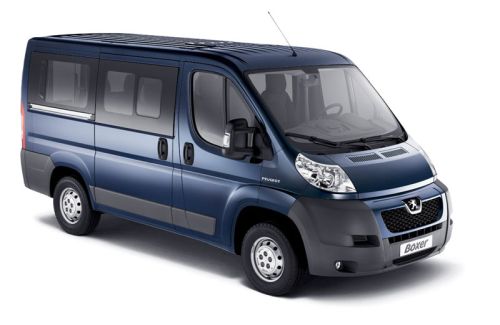
Engine Peugeot 2008
In Russia, the French manufacturer offers two in-line gasoline engines. One has only 3 cylinders, the other has 4 cylinders. According to the manufacturer, the fuel consumption of the Peugeot 2008 is very good. Actually, it is this advantage that allows this crossover to be sold in Europe in huge quantities. Another interesting point, the French say. that in combination with a 5-speed automatic, the 1.6 engine produces 115 horses, and with a 4-speed automatic, 120 horsepower.
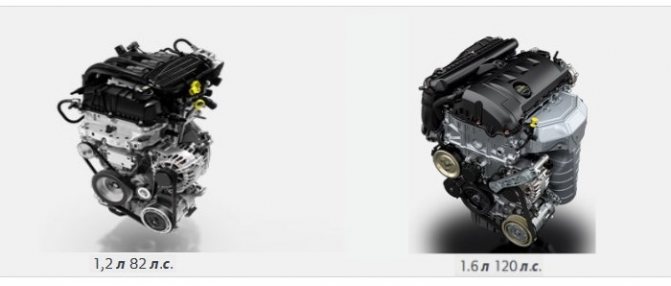
- Peugeot 2008 1.2 liters – displacement 1199 cubic centimeters, power 82 hp. torque 118 Nm
- Peugeot 2008 1.6 liters – displacement 1598 cubic centimeters, power 115 hp. torque 120 Nm (with manual transmission)
- Peugeot 2008 1.6 liters – displacement 1598 cubic centimeters, power 120 hp. torque 120 Nm (with automatic transmission)
Data Comparison
One of the most pressing questions that drivers most often ask before purchasing is what is the fuel consumption of the Peugeot Boxer in the city, which is not surprising. Typically, such Peugeot vans are used for passenger or cargo transportation within the city, so more stops need to be made and the engine idles more often. This increases fuel consumption - for some models the mark can reach 15 liters according to official data.
The average fuel consumption of the Peugeot Boxer on the highway is slightly less, which is easily explained by the lack of frequent stops and downtime
. Here the situation is the same as in the previous case - for some models 7 liters per 100 km is enough, and for some the consumption can exceed 12 liters. All this depends both on the Peugeot Boxer variation and on the factors listed above. If you are an experienced driver, it will not be difficult for you to achieve the minimum performance.
Gasoline consumption by the Peugeot Boxer in the combined driving cycle varies from 7 to 13 liters. The reasons remain the same: driving style, season, number of stops, general condition and car model. If you drive mainly on the highway, then the consumption will be lower, and accordingly vice versa.
The situation is a little better with a diesel engine: its consumption is much less, while the Peugeot Boxer picks up speed and works the same way as on gasoline.
All technical characteristics, rules and recommendations regarding the economical use of diesel are the same as for gasoline. In addition, there are several options for diesel engines with different displacements, and you can easily choose the best option for you.
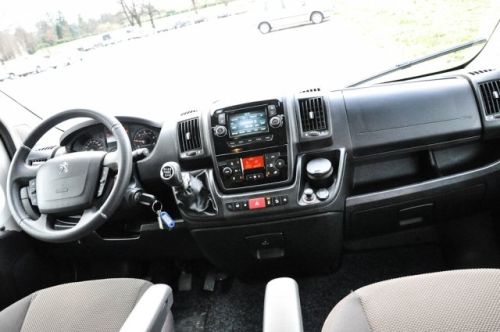
Table of rates for refilling Peugeot air conditioners with freon to full capacity.
In the table, in addition to the freon filling volumes in grams, the quantity - type of oil and viscosity for the air conditioning compressor of Peugeot cars is indicated in milliliters SP10 PAO 68 or PAG ISO 46 - 100 - 150.
Dimensions
Chassis
Fuel
Engine
The most common fuel tank sizes in cars are 40, 50, 60 and 70 liters. Judging by the volume of the tank, you can tell how big the car is. In the case of a 30 liter tank, we are most likely talking about a small car. 50-60 liters is a sign of a strong middle peasant. And 70 indicates a full-size car.
The volume of the fuel tank would be a useless quantity if it were not for fuel consumption. Knowing the average fuel consumption, you can easily calculate how many kilometers a full tank of fuel will last you. On-board computers of modern cars are able to quickly show this information to the driver.
The Peugeot Boxer's fuel tank capacity is 90 liters.
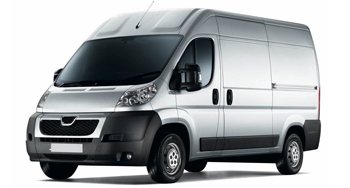
How to reduce fuel consumption
For some Peugeot Boxer models, fuel consumption still remains quite high, despite all the advantages and benefits of this bus. But don’t despair, there are general recommendations that will help you save
.
- You should stick to a calmer driving style and avoid sudden starts or braking.
- Try to make your Peugeot Boxer idle as little as possible.
- During the cold season, leave your car in warmer rooms. Due to this, it will take you less time and, accordingly, less fuel to warm up the engine.
- Refuel only with high-quality fuel. Its consumption lasts longer and it does not have a detrimental effect on internal parts.
- Keep an eye on the general condition of your Peugeot Boxer: the presence of any even minor breakdowns requires more fuel consumption.
- Do not forget to change summer tires to winter ones, and vice versa.
- You can upgrade some parts, including the fuel tank; today this can be easily done at any service center. This will also help to slightly reduce fuel consumption on the Peugeot Boxer.
- Promptly undergo technical inspections at a service station and replace outdated or worn parts.
By following these simple tips and reviews from owners, you can significantly reduce gasoline or diesel consumption. By the way, it was the Peugeot Boxer that set a record in terms of fuel economy - with skillful driving and following all the rules, you can spend only 6.9 liters per 100 km.
Dynamics
The technical characteristics of the Peugeot Boxer meet modern standards of commercial vehicles, because advanced engineering technologies were used in the manufacture of the model. The engine used on all versions of the car is a four-stroke diesel power unit with a volume of 2.2 liters and a power of 130 hp. Thanks to this, the maximum speed varies from 142 to 155 km per hour, depending on the wheelbase and dimensions of the van. The gearbox is a classic six-speed manual, which is convenient in the “ragged” mode of the city and on long highways. Gears are engaged clearly, smooth acceleration saves diesel fuel. Fuel consumption will impress owners of even passenger cars; in city mode it does not exceed 11 liters per 100 km, and on highways - 6.3 liters. Taking into account the increased volume of the fuel tank, one refueling is enough for almost 1500 kilometers!
Bottom line
Fuel consumption on a Peugeot Boxer is one of the most pressing issues that worries drivers. As you can see, it can be reduced to a minimum if you have patience and rely on the experience of other owners. Elegant appearance, high functionality and productivity, constant improvement are the main advantages of the Peugeot Boxer, which overshadow all minor shortcomings. Moreover, manufacturers are releasing more and more new models and parts for old ones, which can significantly reduce the fuel consumption of the Peugeot Boxer per 100 km.
Specifications
Dimensions:
- length – 4963 mm (5413, 5998 and 6363 mm);
- width – 2050 mm;
- height – 2522 mm (2764 mm – increased height);
- wheelbase - 3000 mm (3450 and 4035 mm);
- front track – 1810 mm;
- rear track – 1790 mm.
You can determine the size of the car based on the index. The additions LL, L, M and C indicate the length of the wheelbase (from largest to smallest dimension). The roof level is characterized by the additional designations HS, H and S.
The carrying capacity of the Peugeot Boxer is from 1090 to 1995 kg. The gross vehicle weight also varies and ranges from 3000-4000 kg. Depending on the modification, the car can accommodate from 8 to 17 cubic meters of cargo.
The maximum speed of the machine is 165 m/hour.
Fuel consumption:
- extra-urban cycle - 8.4 l/100 km;
- combined cycle - 9.3 l/100 km;
- urban cycle - 10.8 l/100 km.
The fuel tank capacity is 90 liters.
Peugeot 206 sedan
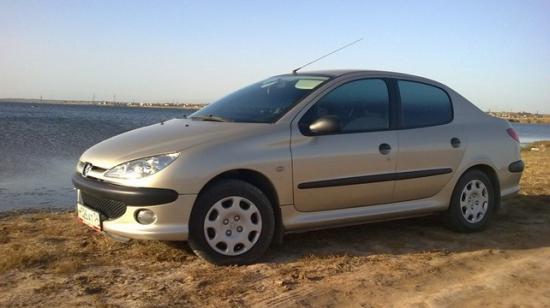
But we love sedans, and until recently the Peugeot 206 could not appear in Russia in this form. The fact is that the Peugeot 206 sedan is assembled only in Iran and until 2009 it was supplied only to a narrow circle of countries, including the local Iranian market. In our area, a car with Iranian tuning in the form of a trunk appeared only about five years ago, when Peugeot launched the more expensive and newer 207 model.
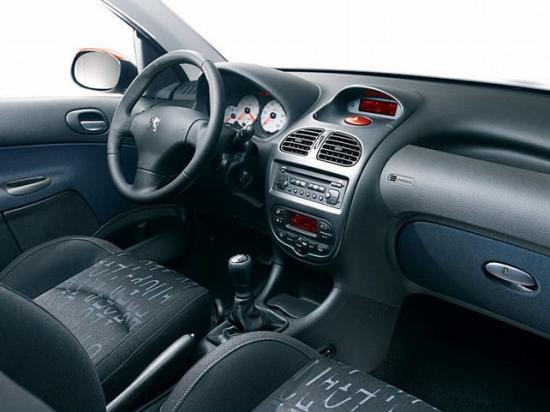
The technical characteristics of cars with different bodies are almost the same. It all depends on which engine the manufacturer will equip the car for a particular market. The sedan at first seems somewhat awkward in appearance, because we are used to seeing a fawn only in a hatchback, but here a trunk is attached. The car received an additional 353 mm in length due to the same trunk and two new engines - a 1.4 diesel engine with a turbine producing 68 horsepower and a 1.6-liter naturally-aspirated petrol engine producing 110 horsepower.






